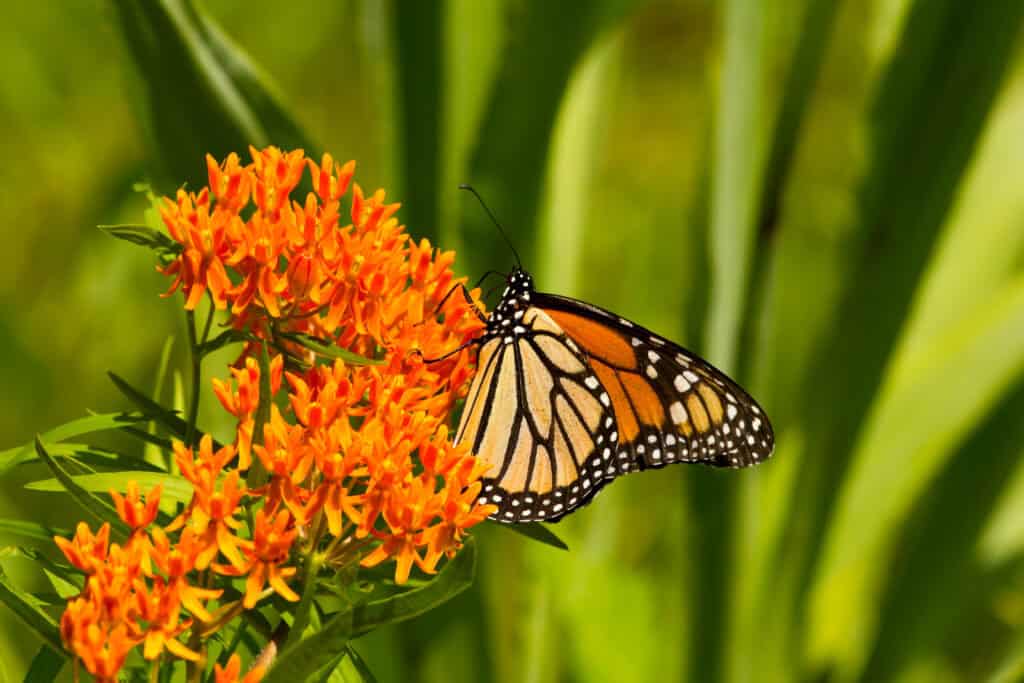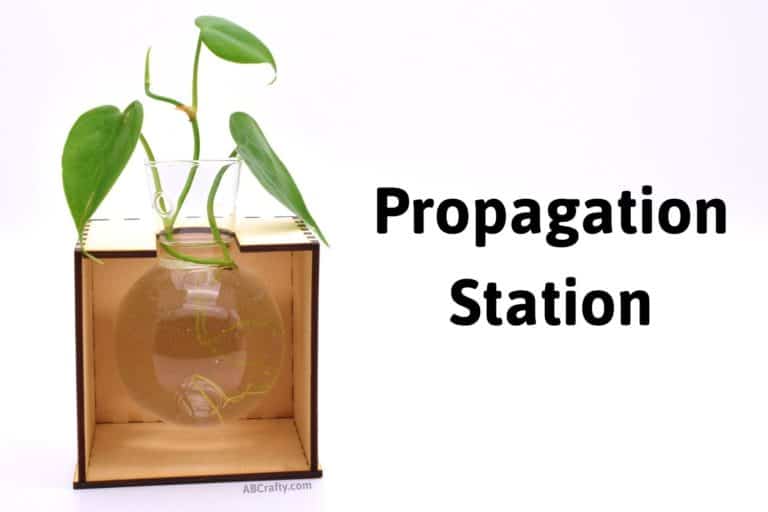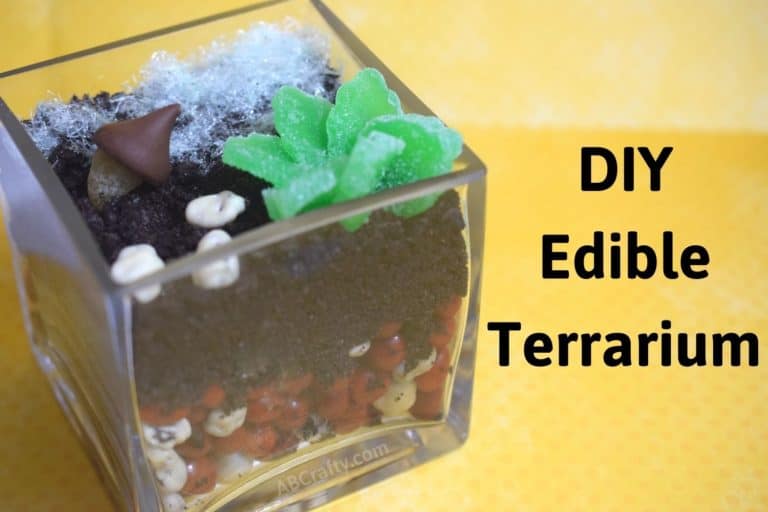

Discover what you can do to help save the endangered monarch butterflies! Learn how you can join in to help these creatures thrive again.
Table of Contents
I’m thrilled to share with you all a special partnership that has blossomed between myself and TN Nursery. This collaboration has brought us together with a common goal: to discuss and contribute towards the conservation efforts for one of nature’s most remarkable creatures, the Monarch butterfly. TN Nursery, with their deep-rooted knowledge and passion for plants that support our ecosystem, has graciously contributed a guest post to my blog. Here, they will shed light on the pressing issue of the declining Monarch butterfly population and suggest actionable steps we can all take to help save these endangered beauties.
Get the latest DIY tutorials, reviews, and crafting updates
You'll never be spammed and can unsubscribe at any time
Why are Monarch Butterflies Important?
The Common Tiger, Milkweed, and Wanderer butterflies are the most recognizable and well-known species of the milkweed family. However, they are much more well known by their more common name: monarch Butterflies, or simply Monarchs. These relatively larger butterflies are essential to the environment’s health but in very specific ways.
Monarchs are among the best pollinators and help spread pollen between plants. Along with bees, the pollination the Monarchs help with is essential for many different plants to grow and remain healthy. This is especially important in croplands or other areas of food-producing plants. Not only will the crop yield be much lower without these essential pollinators, but many crops will also only mature or produce fruits or vegetables with pollination. This is why the prevalence of Monarchs is used to measure the overall level of pollinators in an area.
Why is the Monarch Population Declining?
Monarch Migration Pattern
Monarchs are known to have one of the most evolved migratory patterns among insects. They often fly incredible distances and can cross oceans during their migration. Finding food along the way is essential to maintaining their energy and helping increase their chances of survival during these long journeys.
Decline in Milkweed Plants
They are highly selective of their food and where the caterpillars cocoon. This has significantly contributed to their rapidly declining population, which is now at the endangered level. Monarch larvae only feed on milkweed plants and only cocoon under their leaves. As milkweed plots have been destroyed or pulled in exchange for housing or other more decorative plants, this has led to a large decrease in the availability of the specific food and shelter that Monarchs need to eat and reproduce. In some cases, this has even led to aggression between Monarch Caterpillars as the food becomes scarcer.
Herbicides
Another reason for the decrease in milkweed and the associated decline of monarch populations is the increased prevalence of genetically modified (GM) crops. GM crops have been specifically designed to resist the effects of and allow the application of many types of herbicides, including those particularly harmful to milkweed growth. While this may have resulted in increases in crop yields, it comes with the cost of a decrease in natural pollinators that may have more naturally helped with crop growth. Relying on butterflies and other pollinators may provide yields different from those of GM crops with herbicides. Still, these pollinators also play an essential role in the health of many other environmentally important plants.
How to Help Monarch Butterflies and Pollinators
The main action you can take to help the endangered monarch butterflies is to plant milkweed plants. However, be sure you’re planting the correct variety for your area as there are several different types of milkweed plants.
You can see below how much the monarch caterpillars love the plant!
The Importance of the Milkweed Plant
Milkweed plants also help attract many other species of pollinators, such as bees and moths. The nectar produced by milkweeds provides a great energy source for these other pollinators, helping them pollinate many other types of plants. Several varieties of milkweeds also have different colors of bright and showy flowers that can add a touch of color to various areas in a garden or landscaping while helping the Monarch population.
Choosing the Correct Milkweed Plant
However, milkweed varieties of plants are versatile enough to grow in a variety of different climates. It is also relatively easy to grow and only requires a little maintenance or care once established. Plus, it is naturally deer and pest resistant. If you are trying to help the Monarch population by planting milkweed, you must ensure you are planting a native milkweed variety and not confuse the plant with others with a similar appearance. Certain plants, such as some in the wort family of species, look very similar to various milkweed varieties. They can also confuse Monarch, who may lay eggs on them, thinking they are milkweeds. As worts have a poisonous toxin to Monarchs, the eggs and larvae will not survive.
Milkweed Blooming Time
Milkweeds tend to bloom in late spring and remain through the summer. As they are drought—and somewhat heat-resistant, the flowers will continue to attract Monarchs and other pollinators well through the summer while requiring less water than many other plants. Over time, Monarchs will begin to lay eggs on the milkweeds, and caterpillars will begin to grow.
Tennessee's Efforts in Helping Plant Milkweed
Milkweeds are so vital to the survival of the Monarch species that the Tennessee Department of Transportation has been working with state and local agencies to develop the “Monarch Highway” along the I-35 corridor in the middle area of the United States.
By offering free milkweed seeds in Tennessee, this program hopes to increase the number of milkweed plants grown in the area, giving vital food and shelter to the Monarchs to help them thrive again.
As a part of our community, you too can contribute to the community with the conservation of Monarch Butterflies and Milkweed plants. Along with the Department of Transportation’s program. Another company joining the effort is TN Nursery. They grow over 20,000 milkweed and other types of pollinator plants each year, spreading the growth of this vital plant and helping the Monarch population. By choosing to plant native varieties of milkweed in your area, you can make a significant difference in increasing the Monarch population.








